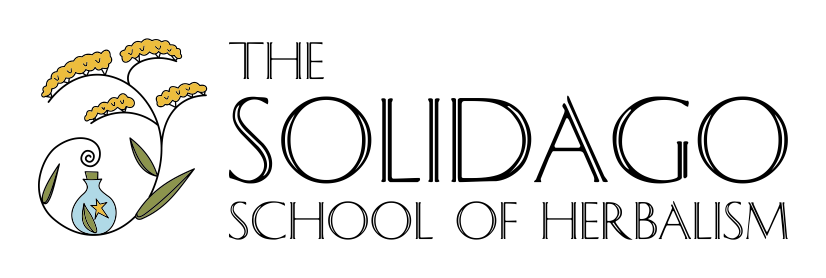Pine is one of my favorite evergreens to work with. Eastern White Pine is the species of pine that grows in my region. What pines grow in your region? As far as I know, all wild pine trees are safe to work with, in reasonable amounts.
Pine trees are the evergreens with long, straight, roundish needles that grow in clumps attached to twigs and branches. They generally have medium to large sized seed cones. All pine trees are in the genus Pinus.
Along with being anti-infective, the pine tree volatile oils are generally anti-spasmodic, warming, astringent, diuretic, and decongestant.
Pine can improve digestion and relieve cramping in the digestive tract. A pine tincture makes a nice digestive bitter on it's own or in a bitters blend. Dandelion, orange peel, and pine are a nice bitters combo to make this spring.
Pine supports immunity with its aromatic oils. The scent of pine, offers broad spectrum anti-infective abilities that fight colds, flus, bronchitis, urinary tract infections, and infected wounds.
The aromatic oils of Pine also support the respiratory system. They open and relax restricted and tight lungs, making breathing easier. They help the sinuses and lungs thin and expel excess mucous. They fight infections residing in the sinus and lung tissue. They help to relieve spasmodic coughing.
Pine is diuretic and can help fight infections in the urinary system.
Topically, the evergreen pitch prevents infections and improves wound repair. It can be diluted into warm olive oil and melted beeswax, to make a salve. The pitch is what the tree uses to repair wounds that have occurred to their trunk and branches and prevent infections from taking hold.
Pine branches easily break off in wind storms, and can be found strewn on the ground at the bases of large trees. Needles and small twigs can be harvested off the ground and used for making remedies. You can also prune the small twigs and clumps of needles from the ends of the branches.
A variety of remedies can be made with pine needles and the small twigs.
Pine Tea—for easing coughs, colds, flus, congestion, an enjoyable tasting tea
How to make Pine Needle Tea: 1. Boil water 2. chop pine needles and twigs 3. place 1 Tablespoon of chopped fresh pine for every cup of tea you are making, in a teapot or ball jar.
Fill the vessel with boiling water, cover, and steep 20-60 minutes. If you want to make it stronger, simmer the pine in the water until you get a nice flavorful beverage. Strain and enjoy warm or cold.
Syrup—for easing coughs, or to be added to cocktails and mocktails. Syrup is essentially a very concentrated tea, made by simmering and an equal amount of a sweetener, either honey or sugar.
Steam—offers lung and sinus support, decongestant, anti-infective, offers relief to some headaches. Heat a pot of water and pine needles, remove from heat, sit with with your face over the steam and a towel over your head, as a tent to hold in the steam.
Tincture—easing coughs, colds, flus, congestion, and as a cocktail/mocktail flavoring. Cut needles up, lightly pack a jar full, cover with 100 proof vodka, cover with a tight lid, let macerate for 6 weeks, at least.
Vinegar—extracts the nutrients, add to salad dressings and marinades. Cut needles up, lightly pack a jar full, cover with apple cider vinegar (that has been boiled in a non-metal pot and cooled to room temp, ideally), cover with a tight non-metal lid lid or with a wax or parchment paper barrier, let macerate for 4 weeks, at least.
Oxymel (honey/vinegar infusion)—lung support, cough relief, or add to beverages, salad dressings, and marinades. Make an infused vinegar, as above, but add 1/3 honey and 2/3 vinegar to the pine needles.
Infused oil and Salve—Apply topically to wounds to increase healing and prevent infection. Fill a jar with chopped pine needles and twigs, cover the plant material with a plain olive oil, grapeseed oil, coconut oil, or almond oil. Strain after 4-6 weeks. Salves are made by blending beeswax or tallow with the warmed oil, to melt together, then cool to a solid.

